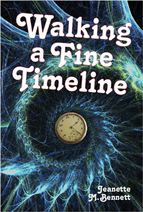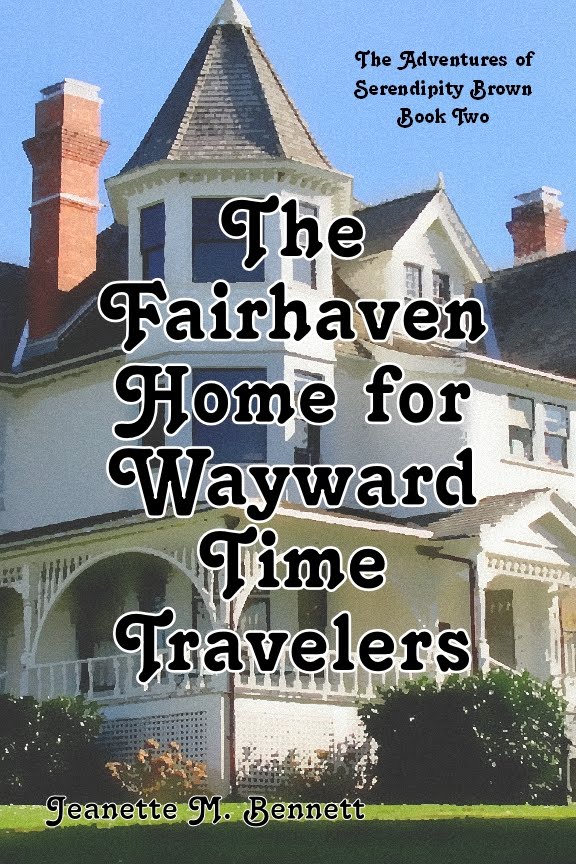Next year this will be South Dakota, but for now it is still Dakota Territory. In 1879, Aberdeen’s population was four. Now it has over 3,000. The town is at the hub of three railroads, which is what is turning Aberdeen into a boomtown. People are coming here in hopes of getting rich--or at least making a good life.
One of those dreamers is a failed actor and theatre owner, Lyman Frank Baum. At 32 and married with little mouths to feed, this is his last chance to make good. On the first of October, he opened “Baum’s Bazaar,” which features items like china, toys and linen--the fancier items the General Store doesn’t carry. Now that Aberdeen is a growing town, the inhabitants are hungry for the finer things beyond the mere necessities. There is no reason why this venture shouldn’t be a huge success.
I have come here to record Baum's Bazaar for the University of South Dakota so they can construct a virtual replica of it. This store has a historic significance, or more accurately, it's owner will.
 Frank (he hates the name Lyman) is originally from Chittenango, New York, the son of oil magnate, Benjamin Baum. Unfortunately Frank has had a bad heart since childhood. Unable to play strenuous games, he read a lot. While a teenager he wrote and published a newspaper with a small press his father had bought him. Frank’s first job was as newspaper reporter for the New York World at 17. He even tried his hand at breeding fancy poultry.
Frank (he hates the name Lyman) is originally from Chittenango, New York, the son of oil magnate, Benjamin Baum. Unfortunately Frank has had a bad heart since childhood. Unable to play strenuous games, he read a lot. While a teenager he wrote and published a newspaper with a small press his father had bought him. Frank’s first job was as newspaper reporter for the New York World at 17. He even tried his hand at breeding fancy poultry.Then Frank got the acting bug. His father owned a chain of theatres through New York and Pennsylvania, so he let Frank manage the one in Richburg, New York. Frank even wrote plays that did well. He began touring with his productions.
Frank fell in love and got married in 1882. His wife Maud became pregnant and no longer wanted to follow Frank around from theatre to theatre. Frank let his uncle take over the management of the theatre and settled down in Syracuse. He became head salesman in his family’s business, Baum's Ever-Ready Castorine axle grease.
Then troubles started. His Uncle Doc became quite ill. Frank’s father died. Frank’s health was bad (he had suffered a heart attack before his marriage.) The theatre burnt down taking all of the known copies of Baum’s plays. The family business suffered and had to be sold.
Several members of Maud’s family had migrated to Aberdeen in the Dakota Territory and wrote to her telling her of the great opportunities. Frank has moved his family out here and has sunk what money they have left into this store. It’s a sure bet.
I haven’t the heart to tell Frank his idea is good, but his timing bad. Wheat is the major business here, and it will suffer due to a severe drought. As much as people want what Frank is selling, no one can afford it. Baum’s Bazaar will go under in less than two years.
Frank will later try his hand at publishing a local newspaper. That will fail even faster. Moving to Chicago, he’ll try being a newspaper reporter, but that won’t pay enough to support his family. He will be forced to hit the road as a traveling salesman, but will have to quit eventually because of his health. He’ll start a trade magazine for window designers, which won’t do too badly.
Frank’s one real talent is making up stories to tell children. In Aberdeen they come to the store begging for a story, and will later stop him on his newspaper rounds. He will stop and make up one for them. He later will start writing them down and submitting them. He will collect his rejection letters in a “Book of Failures.”
Frank will eventually get a couple of books based on Mother Goose published. They will have a modest success. In 1898 he will write a book he knows will make him rich. Everyone will reject it. So he will publish it himself in 1900.
 The publishers may reject The Wonderful Wizard of Oz, but children won’t. It will become a runaway bestseller. Frank will spend the rest of his life writing books for children.
The publishers may reject The Wonderful Wizard of Oz, but children won’t. It will become a runaway bestseller. Frank will spend the rest of his life writing books for children. His health never does improve. In 1910 the family will move to a little village in California called Hollywood. They hope the sunshine will improve his health. It won’t. He will keep writing when his health leaves him bedridden.
In 1919, nine days short of his 63rd birthday, L. Frank Baum, the “Royal Historian of Oz,” will take one last trip to his beloved Emerald City. His dieing words will be "Now we can cross the Shifting Sands." (This is the name of the eastern desert that separates Oz from the rest of the world.)

Books you can download free:
The Wonderful Wizard of Oz
The original edition featuring D.W. Denslow’s illustrations
Mother Goose in Prose
L. Frank Baum’s first book. These are stories based on nursery rhymes. Check out the last story “Little Bun Rabbit.” It features a farm girl named Dorothy
Also on Youtube
The Dreamer of Oz
A movie on the life of L. Frank Baum starring John Ritter - mostly true
 Epilogue:
Epilogue:Here is a believe or not story told by Ray Bolger, who played the Scarecrow in the 1939 movie The Wizard of Oz. (That’s him in the lower right hand corner with Judy Garland.
At the beginning of the movie in Kansas, Dorothy runs away from home and runs into a “Professor Marvel”, a Medicine Show charlatan played by Frank Morgan (who also plays the Wizard.) The costume department just couldn’t find the right coat for the character of Professor Marvel. So they sent someone to a thrift shop to buy a bunch of old coats. Morgan picked out an old frockcoat that fit beautifully and looked perfect.
One day while filming, Morgan noticed a label inside the coat. It read “L. Frank Baum.” Surely this couldn’t be the L. Frank Baum, could it? Someone remembered that his widow, Maud Baum still lived in Hollywood. They went to her and she verified it was the coat she had donated that belonged to her late husband. So next time you watch the movie and see that coat (yes, that’s the one in the photo,) remember L. Frank Baum was there in spirit.








